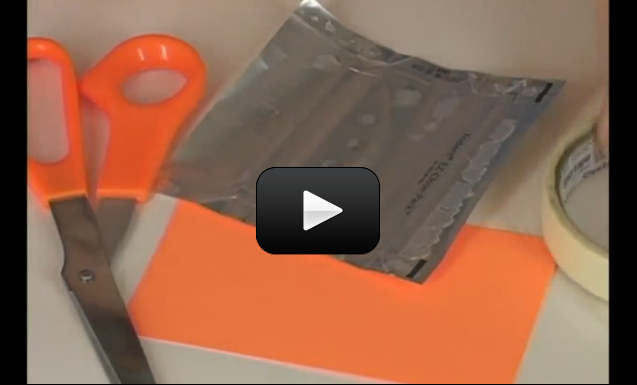If you can remember thermostats before they went ‘digital’, then you may know about bi-metallic strips – a piece of material made from of two strips of different metals which expand at different rates as they are heated (usually steel and copper). The result is that the flat strip bends one way if heated, and in the opposite direction if cooled.
Normally, it takes serious skill and a red-hot torch to stick two different metals together, but here’s a homemade version of this concept that your kids can make using your freezer. Here what you do:
Please login or register to read the rest of this content.


It will bend when the air changes in temperature. It is actually best if the strip does not touch anything (except where it is taped to the card).
Does it bend when the paper/foil touches something cold/warm? or when the air is cold/warm?